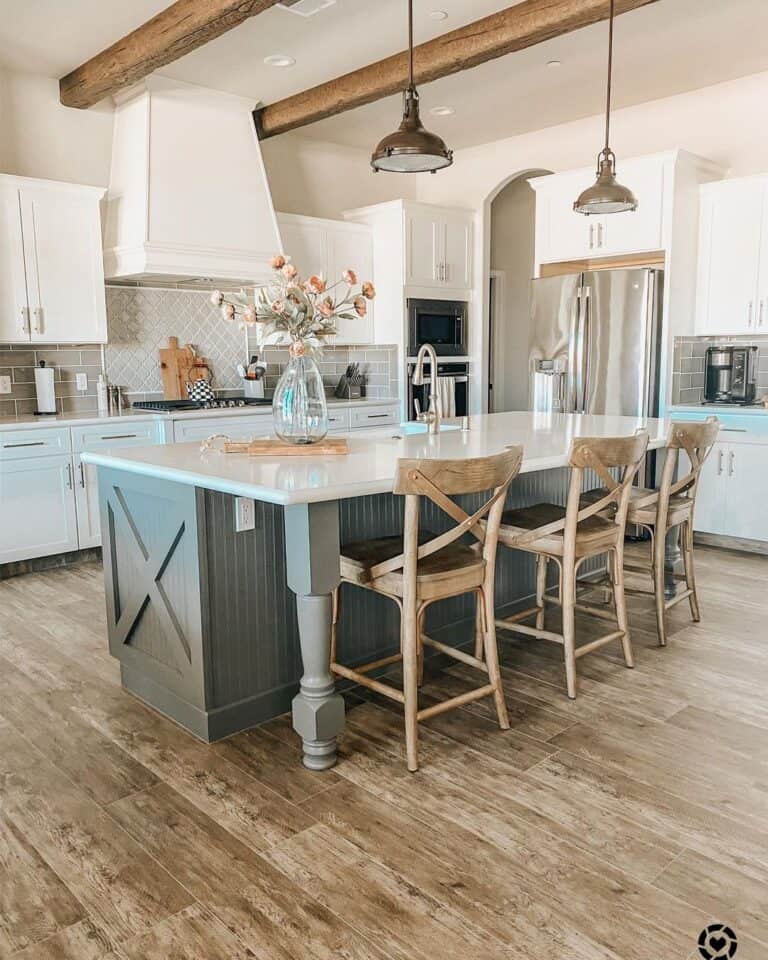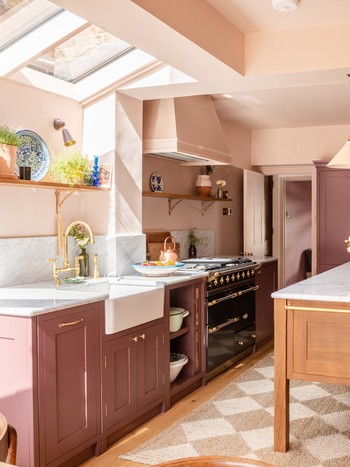Discover Affordable and Chic Solutions in Legs For Kitchen Island Updates
Discover Affordable and Chic Solutions in Legs For Kitchen Island Updates
Blog Article
A Guide to Selecting the Perfect Legs For Cooking Area Island for Your Home
Picking the perfect legs for your kitchen area island is a nuanced decision that impacts both the performance and aesthetic charm of this main space. Elements such as height, materials, and style play a critical function in balancing your island with the total kitchen design. Furthermore, comprehending the relevance of security and upkeep can dramatically affect your choice. As you consider these elements, it becomes apparent that the best legs can transform not only the look of your kitchen but additionally its use for several years ahead. What details attributes should you focus on in this choice process?

Understanding Cooking Area Island Legs
When selecting legs for a kitchen area island, it's vital to recognize their functional and visual duties in the total layout. The legs work as an essential support group, ensuring security and resilience for the island, which frequently operates as a work area, dining location, or collecting spot. The selection of material and construction method need to be durable adequate to hold up against daily use and potential wear.
Along with their structural obligations, legs add dramatically to the island's aesthetic allure. They can boost the kitchen's design, whether through traditional, contemporary, or eclectic designs. The height and percentage of the legs are additionally critical considerations; they have to harmonize with the island's countertop elevation while ensuring comfy seating for those making use of the room.
In addition, the leg layout can affect the overall flow of the cooking area. Open, ventilated leg designs can create a feeling of lightness, while solid, substantial legs may convey a more based and secure aesthetic - Legs For Kitchen Island. Comprehending these practical and aesthetic facets will direct property owners in making informed choices that enhance their kitchen area's style and enhance its use
Popular Styles and Products
The choice of legs for a kitchen island incorporates a selection of preferred styles and materials, each offering one-of-a-kind features that can improve both functionality and aesthetic appeals. Among one of the most in-demand styles are modern, rustic, and conventional. Contemporary legs frequently include smooth, minimalist styles that emphasize simpleness and clean lines, making them excellent for contemporary kitchens. Rustic designs, on the other hand, accept natural environments and typically showcase recovered timber or distressed coatings, adding heat and charm to the room. Standard legs generally show elaborate information and craftsmanship, improving timeless cooking area styles.

Height and Security Considerations

The legs of the kitchen area island need to offer ample support, making sure that the structure can endure day-to-day usage without wobbling or moving. Material choice plays a significant function in security; steel legs, for instance, have a tendency to use greater stamina contrasted to timber.
Matching Your Kitchen Aesthetic
Choosing the ideal legs for your cooking area island goes past capability; it additionally plays a substantial duty in the total visual of the room (Legs For Kitchen Island). When picking legs, take into consideration the layout style of your cooking area.
Legs that match or contrast with your island's surface area and surrounding cabinetry can develop aesthetic harmony or striking focal points. In addition, think about the Find Out More finish of the legs; matte, glossy, or textured finishes can significantly influence the general feeling of the kitchen area.
Installation and Upkeep Tips
Mounting kitchen island legs calls for careful interest to information to ensure both security and visual appeal. Utilize a stud finder to situate wall studs if you are connecting the legs to a wall surface or using brackets for included assistance.
When securing the legs, utilize high-quality screws and, if required, timber adhesive for additional stamina. For steel legs, guarantee that you are making use of appropriate anchors and tools to stop damage to your flooring. It is recommended to examine for browse this site levelness after setup, making modifications as required to stay clear of wobbling.
Upkeep is just as essential for longevity - Legs For Kitchen Island. Consistently inspect the legs for any indications of wear or helping to loosen, especially in high-traffic areas. Tidy the legs with a suitable cleaner, staying clear of unpleasant products that may scrape the surface. For wood legs, consider using a timber conditioner regularly to keep their coating. By adhering to these setup and upkeep suggestions, you can make certain that your kitchen area island legs stay both functional and visually attractive.
Conclusion
To conclude, look at this now choosing the appropriate legs for a kitchen area island necessitates mindful consideration of elevation, stability, and aesthetic compatibility. By picking ideal materials and styles that straighten with the overall kitchen style, capability can be improved while maintaining visual charm. Appropriate setup and continuous maintenance better add to the resilience and durability of the kitchen area island. Inevitably, thoughtful leg choice plays a crucial role in boosting both the usefulness and design of the kitchen room.
When selecting legs for a kitchen area island, it's necessary to comprehend their visual and practical functions in the general style. Open, ventilated leg designs can produce a sense of lightness, while strong, substantial legs might share a more grounded and secure aesthetic. The legs of the kitchen area island need to supply sufficient assistance, making sure that the framework can stand up to everyday usage without tottering or changing.Installing kitchen area island legs calls for cautious attention to information to guarantee both stability and visual charm.In verdict, picking the appropriate legs for a kitchen area island requires careful factor to consider of height, security, and visual compatibility.
Report this page